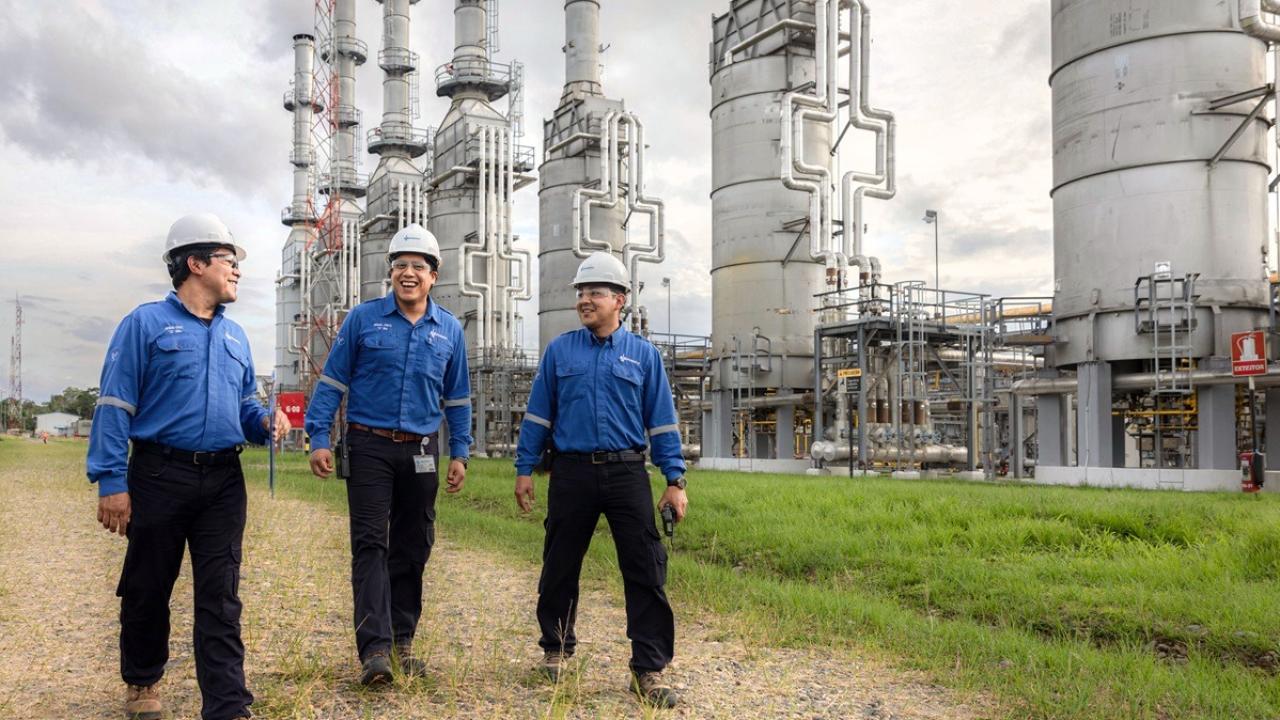
Resources generated by the gas operation allowed US$9,637 million to be transferred to Regional and Local Governments for Canon and the so-called Camisea Socioeconomic Development Fund.
Camisea, the most important natural gas megafield in Peru located in the Bajo Urubamba jungle (Cusco), celebrates two decades of activities this week.
Since the beginning of its operations, on August 4, 2004, Camisea's contribution to the State exceeds 60 billion soles (about US$ 16 billion), in which more than S/15 billion (US 4 billion million) were generated in income tax payments and S/ 45 billion (US$ 12 billion) in royalty payments, one of the highest rates in the region, the company behind the project stated in a statement.
The more than US$16 billion in fiscal contribution is equivalent to the construction of 985 high-performance schools (COAR) that would benefit 295 thousand students per year.
The resources generated by Camisea in the last two decades allowed the State to transfer to the Regional Government of Cusco, as a fee, S/ 30 billion (US$ 8 billion), which is equivalent to receiving S/ 4 million or US $1 million a day, for 18 years.
Likewise, the Cusco province of La Convencion received a fee of S/ 13 billion. Until 2016, Echarati received, as a producing district, S/ 3 billion. Starting in 2017, when the Megantoni district was created, the canon moved to this commune, which has received S/ 1.7 billion.
THE CREATION OF FOCAM
FOCAM contributes to the development of the regions through which the pipelines that transport Camisea hydrocarbons are deployed.
In the last 20 years, the income generated by the gas operation allowed the State to distribute S/ 6 billion as FOCAM to the regions of Ayacucho, Huancavelica, Lima (province), Ucayali and Ica.
Camisea has also generated an impact on the Peruvian GDP of more than S/ 178 billion, consolidating its position as an important national economic engine, as revealed by the report “Camisea's economic contributions to Peru between 2004 and 2023” prepared by Macroconsult.
One of the most notable achievements of this operation is the change in Peru's energy matrix. More than 40% of the country's electricity is generated with natural gas, which has allowed us to reduce dependence on more expensive fuels.
Camisea currently produces 96% of the country's natural gas and supplies 70% of the local LPG market. Its accumulated investment since 2001 amounts to S/ 16 billion, strengthening and promoting the energy development of the national territory.
Camisea natural gas is present in 10 regions of the country, benefiting more than 2 million homes and more than 3,800 businesses and industries. Likewise, more than 450 thousand vehicles use Vehicular Natural Gas (NGV), and there are more than 340 service stations for this fuel distributed throughout the Peruvian territory.










